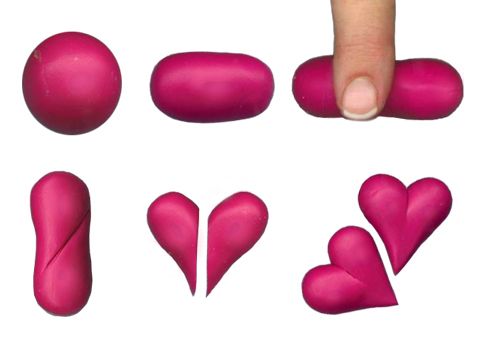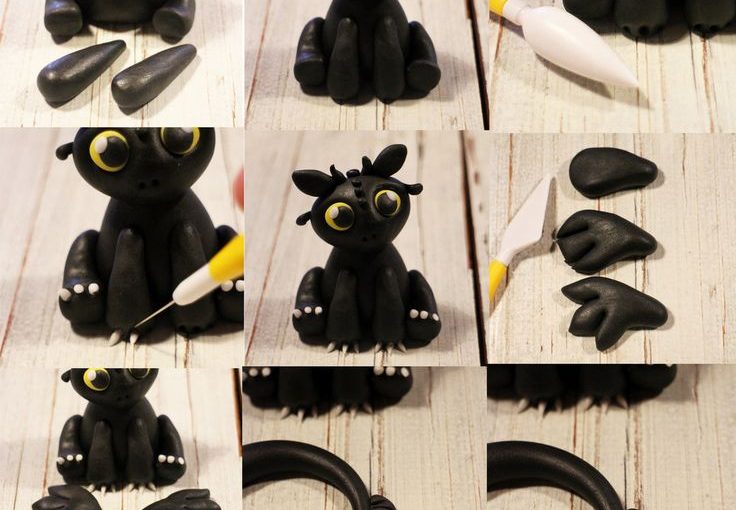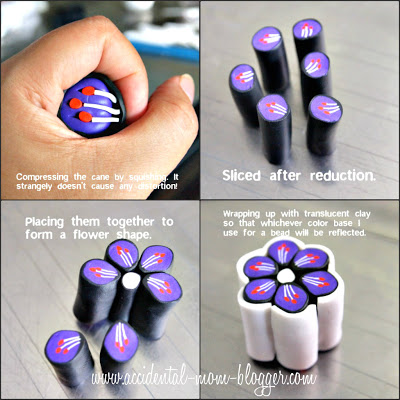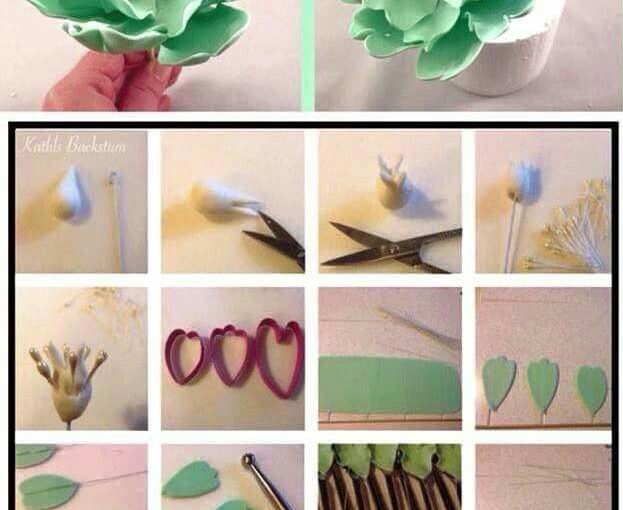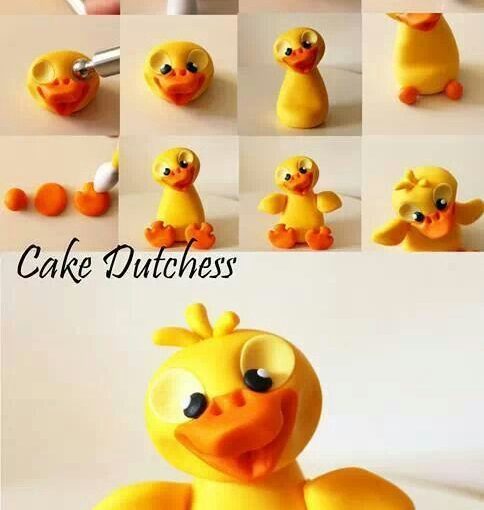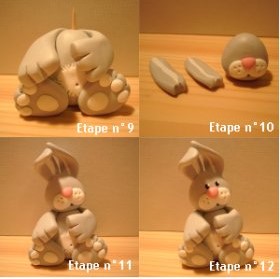Polymer clay heart tutorial
We are surrounded by love all the time, whether it comes from a lover, a friend or family. Today I will show you a short tutorial on how to create a polymer clay heart. It might be one of the simplest tutorials, but I can assure you that it will have a great impact. It looks very cute and you can use it in further
creations such as jewellery or decorations.
In order to model the heart you will only need dark pink (or red) polymer clay.
First, you need to shape the polymer clay into a ball. Then give it a cylindrical shape. Now that you have it,
cut it into two symetrical pieces. Give them a proper half-of-heart shape and now stick them together.
Here is your lovely polymer clay heart. You can create as many as you want!
I know the tutorial was a short one, so I will suggest you some ideas where you can use the polymer clay heart.
Be aware that its usage depends on its size.
For instance, you can use it as a pendant, just place it onto a necklace. If you feel up to create many of them,
you can also use them as earrings. Your friends will love them and will definitely ask for a pair. Who says you can’t
add the polymer clay heart on your ring? It will be a heart-made one ;).
If we think about the decorative side, you can add some glue on the back of the polymer clay heart and stick it on your photo
frames, on your laptop, on your phone case, or wherever you want to feel loved :).
These were just a few ideas, feel free to be as creative as you can.
I’ve found my inspiration here
For more tutorials like this one, take a look on my Pinterest page.
######
